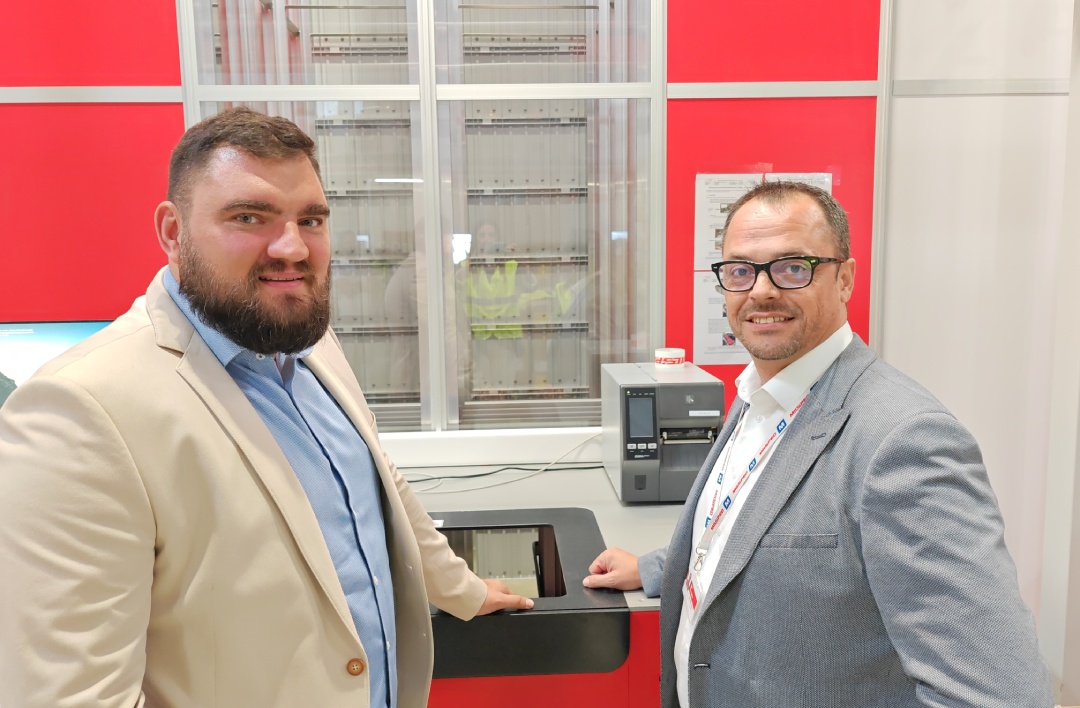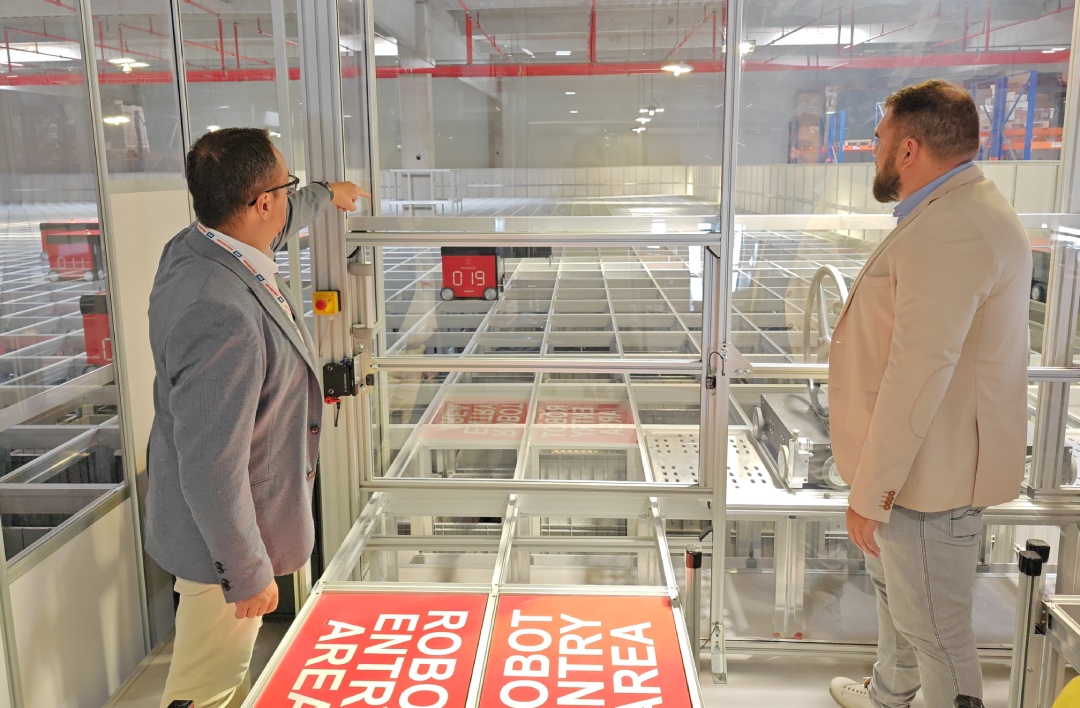Milšped Group and Fashion Company: Robotic storage of goods as the crown of three decades of successful business collaboration
The multi-decade successful collaboration between Milšped Group and Fashion Company has recently been enhanced by technological transformation - robotic warehousing. Marko Mastikosa, the Supply Chain Director at Fashion Company, discussed the benefits of working with Milšped Group.
1. How long have you been working with Milšped Group, and has it been able to meet your business needs?
Both Fashion Company and Milšped have been operating successfully for over 30 years, and this continuous growth and development of both companies have been accompanied by our ongoing collaboration throughout these years. As the companies evolved, the need for logistics services and support also increased. Our collaboration initially started with customs mediation services for goods, but over the years, it has grown to an integrated End-to-End Supply Chain level. This includes complex logistic services such as international FTL and LTL transport, sea and air cargo transport, import and export services, warehousing in customs and distribution centers, sorting and packaging of goods for wholesale, retail, and online sales, as well as B2B and B2C distribution for the entire region. These complex processes represent significant logistic challenges for both companies, but both sides have successfully met all business needs to mutual satisfaction. We hope this collaboration will continue in the future.
2. What joint project are you most proud of?
In general, I am most proud that we managed to elevate the entire planning, organization, management, and control process in the supply chain to a higher level. Together, we proactively improved the logistic service in all segments, moving beyond the classic 3PL (third-party logistics) approach to a more strategic level of collaboration. This led to a significant enhancement in service quality and efficiency throughout the chain. Our proudest achievement was enhancing warehouse operations, primarily due to the prominent seasonal spikes in the Fashion industry. This led to a joint initiative and the necessity to develop automation and robotics in warehousing processes.
3. How easy/challenging was it to transition from a traditional process to a robotic working system?
Honestly, there were challenges during the implementation process and while the system stabilized, as well as during the organizational adjustment to the new system. However, these challenges were overcome relatively quickly. The key was the awareness and support from both sides that this implementation was necessary, that it was the best solution for our organizations, and the belief that we could accomplish it. Today, we can say it was a very successful technological transformation.
4. What has changed in your business since implementing robotic technology?
The high seasonal peaks posed significant challenges in separating, packaging, and delivering goods to stores and online channels. With the implementation of the AutoStore system, our storage capacity increased due to the space optimization it provides. More importantly, the productivity of separating and packaging goods significantly increased, along with a substantial improvement in delivery accuracy. In summary, we gained higher storage capacity with a 5-fold increase in productivity compared to before, and the error rate was minimized. This successful transformation has also paved the way for further automation in sorting processes. We hope that a robotic sorting system will be implemented soon, fully automating sorting, storage, and picking processes with a high level of service and product availability. This opens new horizons for further optimization, consolidation, and regionalization of distribution and warehousing processes with other markets where we operate, creating a comprehensive system of standardized, fast, and efficient logistics services to the satisfaction of our retail and end customers.
5. Would you recommend such a logistics solution to others?
Without a doubt, if we aim to have efficient and quality logistics services with optimal costs, it's essential to move towards automation-robotization systems and business digitization. Those who recognize this early and start in this direction will gain a competitive advantage in the market and ensure the long-term sustainability of their business, just as Fashion Company has recognized. In a logistic context, Milšped has seized this momentum and invested significantly in robotics, which will undoubtedly ensure competitiveness and business sustainability for themselves and all their clients who will use these systems in the future.

